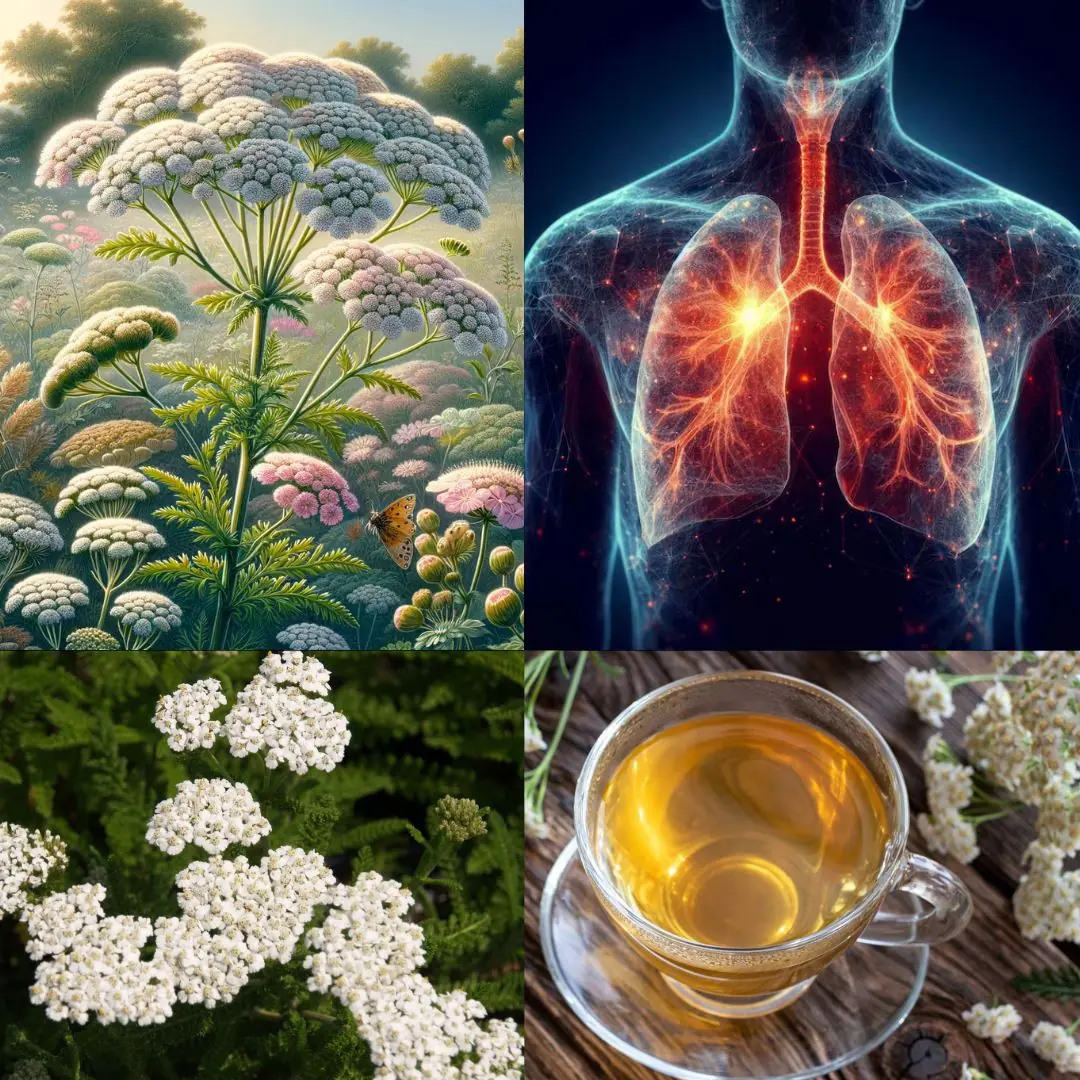
Deadly Nightshade (Atropa belladonna): The Dangerous Beauty
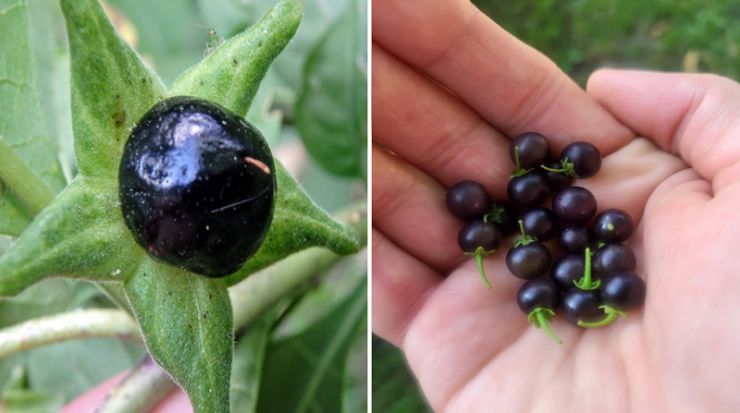
Deadly nightshade, scientifically known as Atropa belladonna, is one of the most toxic plants in the world. Its name alone hints at its deadly reputation, making it a plant of both beauty and danger. Native to Europe, North Africa, and parts of Asia, this perennial herb has a long and eerie history of use in medicine, folklore, and, unfortunately, poisonings.
Appearance of Deadly Nightshade
Flowers: The flowers are bell-shaped and purple-brown with a greenish tinge. They bloom from midsummer to early autumn, giving them an enchanting yet foreboding appearance.
Fruits: The fruits are shiny black berries, roughly the size of cherries. Although they look incredibly tempting, they are extremely toxic and can cause severe harm if ingested.
Leaves: The leaves are oval-shaped, dark green, and slightly pointed, often growing in pairs along the stem.
Height: The plant grows between 2 and 4 feet tall, with branching stems that add to its widespread nature in the wild.
Toxic Compounds
Deadly nightshade contains powerful alkaloids, which are primarily responsible for its toxicity. These include:
-
Atropine
-
Scopolamine
-
Hyoscyamine
These alkaloids affect the central nervous system and can cause life-threatening symptoms even in small amounts. They work as anticholinergics, blocking the action of the neurotransmitter acetylcholine, which is essential for muscle contractions and other vital bodily functions.
How Deadly Nightshade Affects the Body
The toxic compounds in deadly nightshade interfere with the normal functioning of the nervous system, leading to a range of dangerous symptoms. These include:
Symptoms of Poisoning
-
Dry mouth and difficulty swallowing
-
Blurred vision and dilated pupils (a hallmark sign of belladonna exposure)
-
Hallucinations and confusion
-
Rapid heartbeat (tachycardia)
-
Severe thirst
-
Fever and flushed skin
-
Seizures
-
Paralysis
-
Coma and death in severe cases due to respiratory failure
Danger to Humans and Animals
Humans:
Even a small number of berries can be deadly. For children, consuming just 2-5 berries can be fatal, while 10-20 berries could kill an adult. The leaves and roots are also extremely toxic and should never be consumed.
Pets and Livestock:
Animals like dogs, cats, and grazing livestock are at risk if they consume any part of the plant. Symptoms in animals include excessive salivation, dilated pupils, restlessness, and convulsions.
How to Stay Safe
-
Avoid Handling the Plant: Always wear gloves if you need to remove it from your garden. Its toxins can be absorbed through the skin or mucous membranes, making direct contact hazardous.
-
Educate Children and Pets: Teach children to never eat wild berries, regardless of how tempting they may appear. Keep pets away from areas where the plant grows to prevent accidental poisoning.
-
Identify and Remove: Familiarize yourself with the appearance of deadly nightshade, and if you find it growing near homes, gardens, or playgrounds, take immediate action to remove it safely.
Interesting Facts About Deadly Nightshade
-
Name Origin: The name "belladonna" comes from the Italian term for "beautiful lady." Historically, it was used as a cosmetic, with women applying its extract to dilate their pupils and create a striking, wide-eyed appearance.
-
Symbolism: In folklore and literature, deadly nightshade is often associated with death, danger, and mystery. It’s a symbol of both allure and peril.
-
Use in Medicine: Despite its toxicity, modern medicine still uses derivatives of belladonna, such as atropine, in controlled doses for various medical treatments. For example, atropine is used to treat bradycardia (slow heart rate) and to dilate the pupils during eye examinations.
Conclusion
Deadly nightshade is a captivating yet highly dangerous plant. While its striking appearance may add intrigue to gardens or wild landscapes, its toxic nature necessitates caution. By understanding the risks and historical significance of this plant, you can appreciate the fascinating story behind deadly nightshade while ensuring the safety of yourself and those around you. Admire it from a distance, but never handle it carelessly!
News in the same category

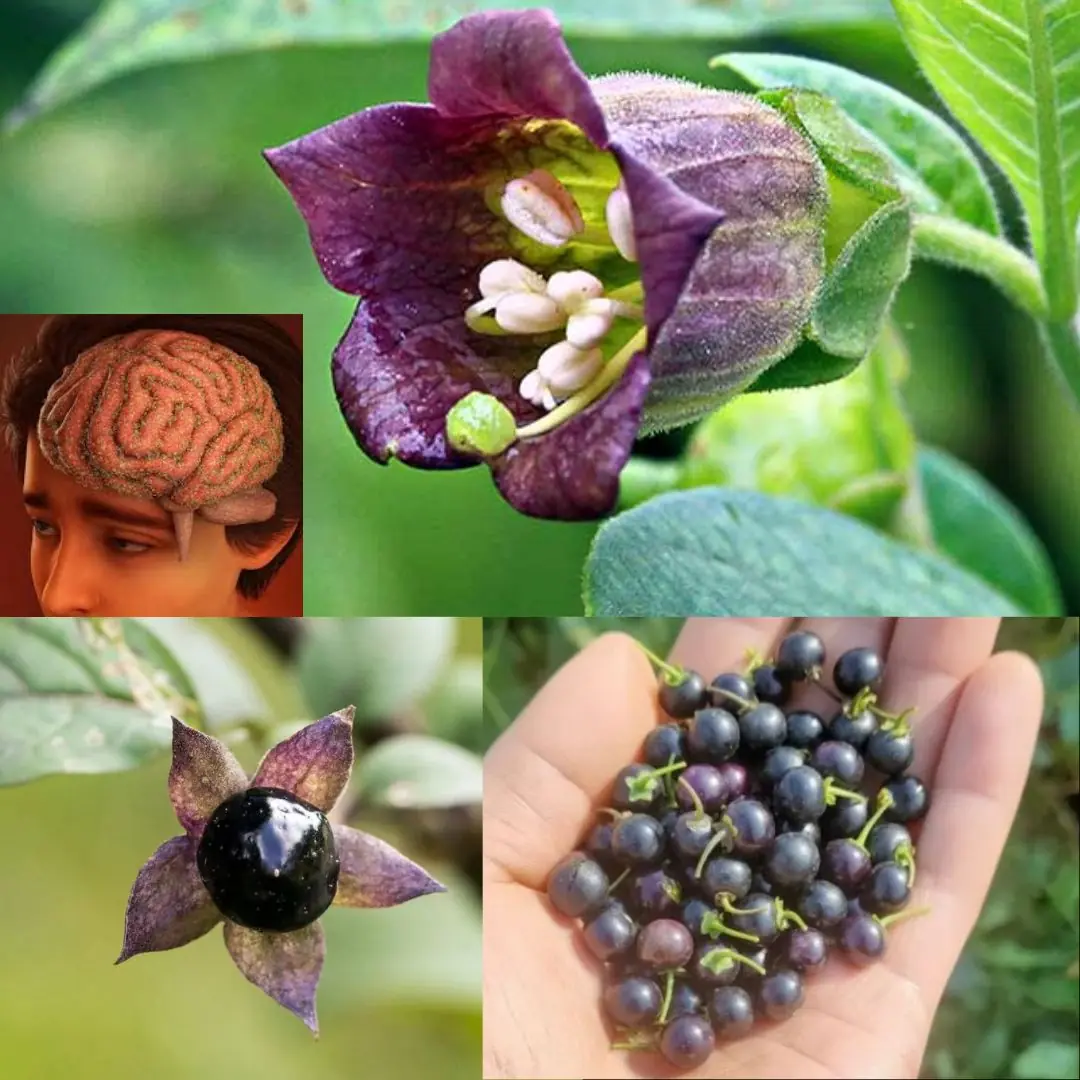
Deadly Nightshade (Atropa belladonna): The Dangerous Beauty
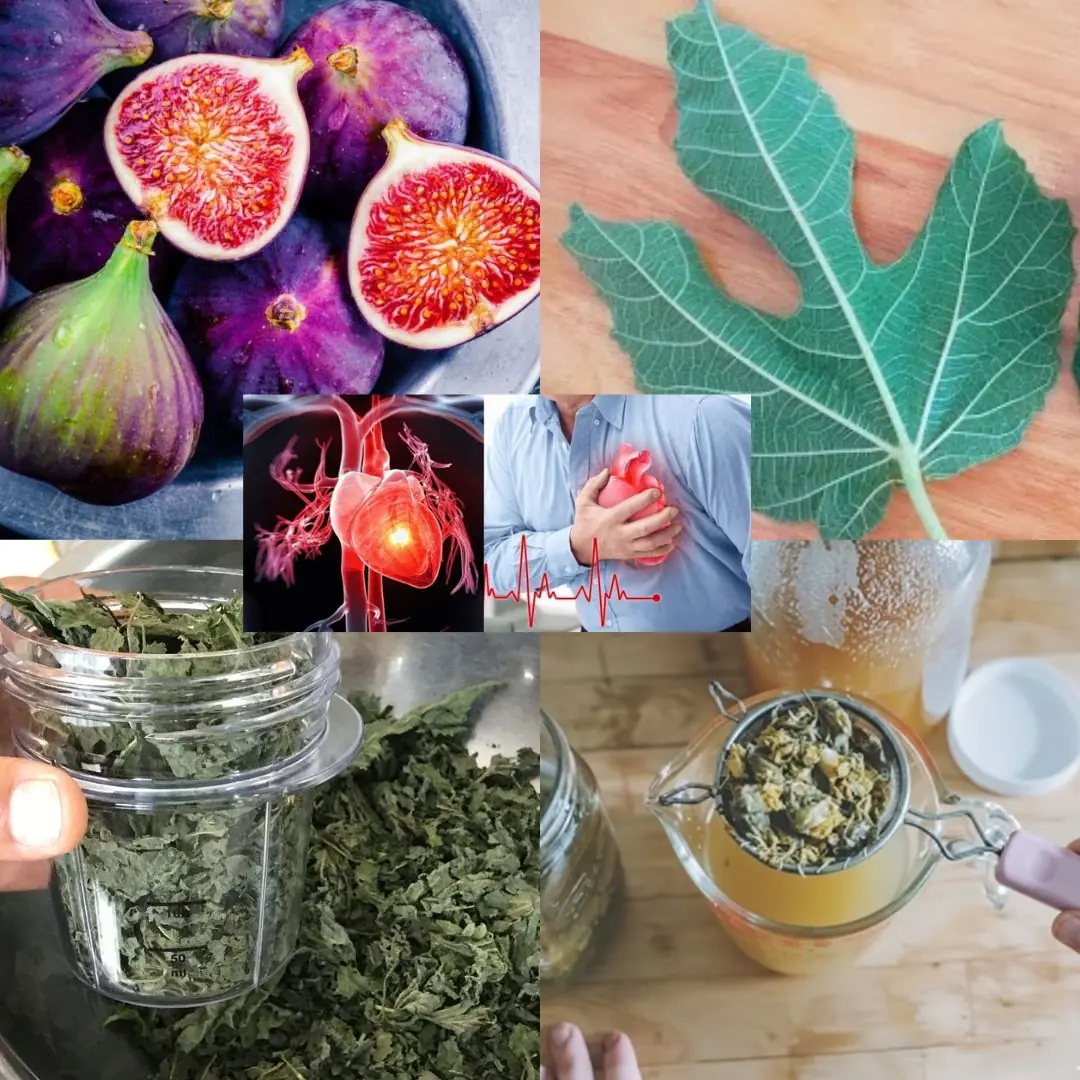
Fig Leaves: Surprising Benefits and Uses
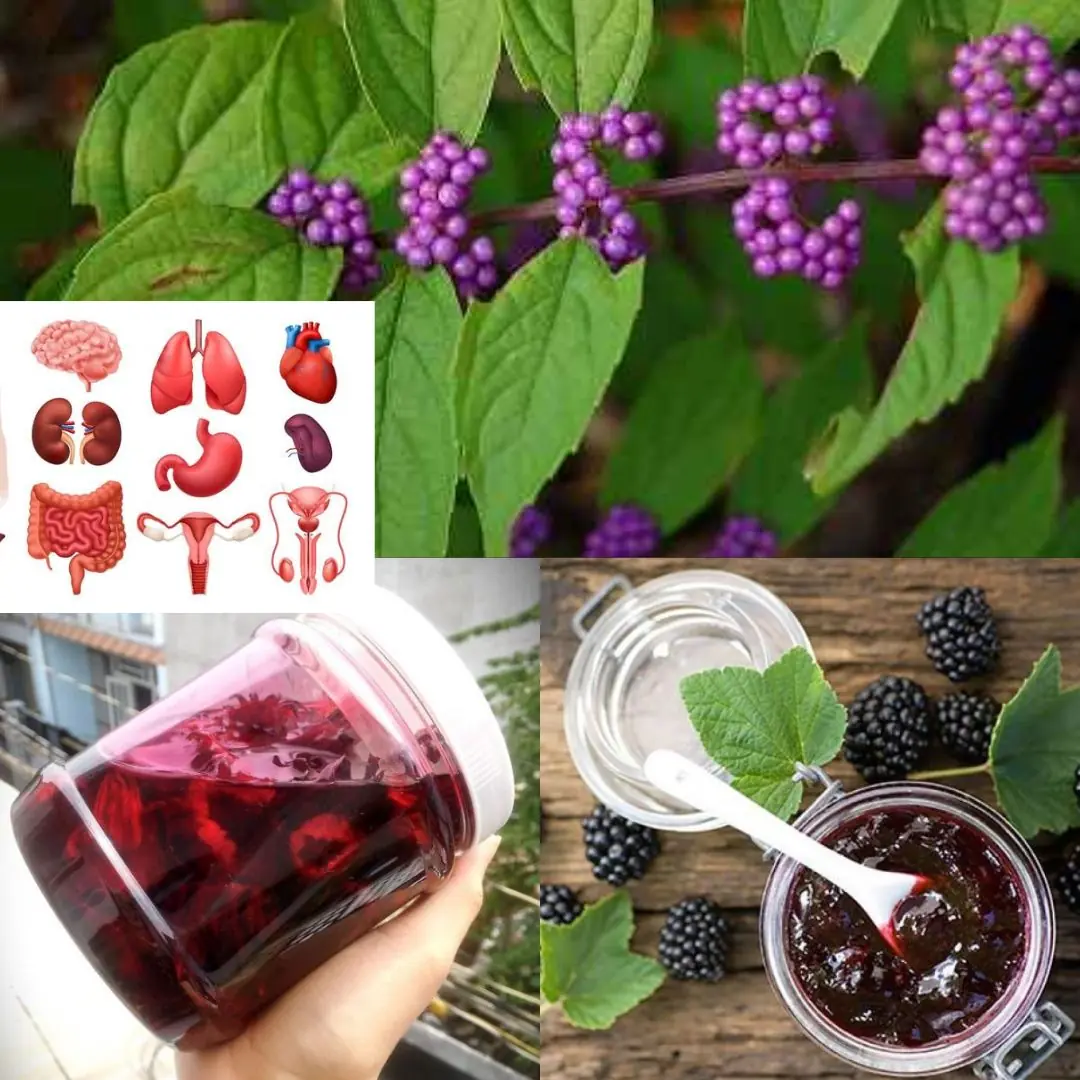
American Beautyberry (Callicarpa americana): Benefits and How to Use It

Holding Cloves in Your Mouth: A Natural Way to Relieve Toothache
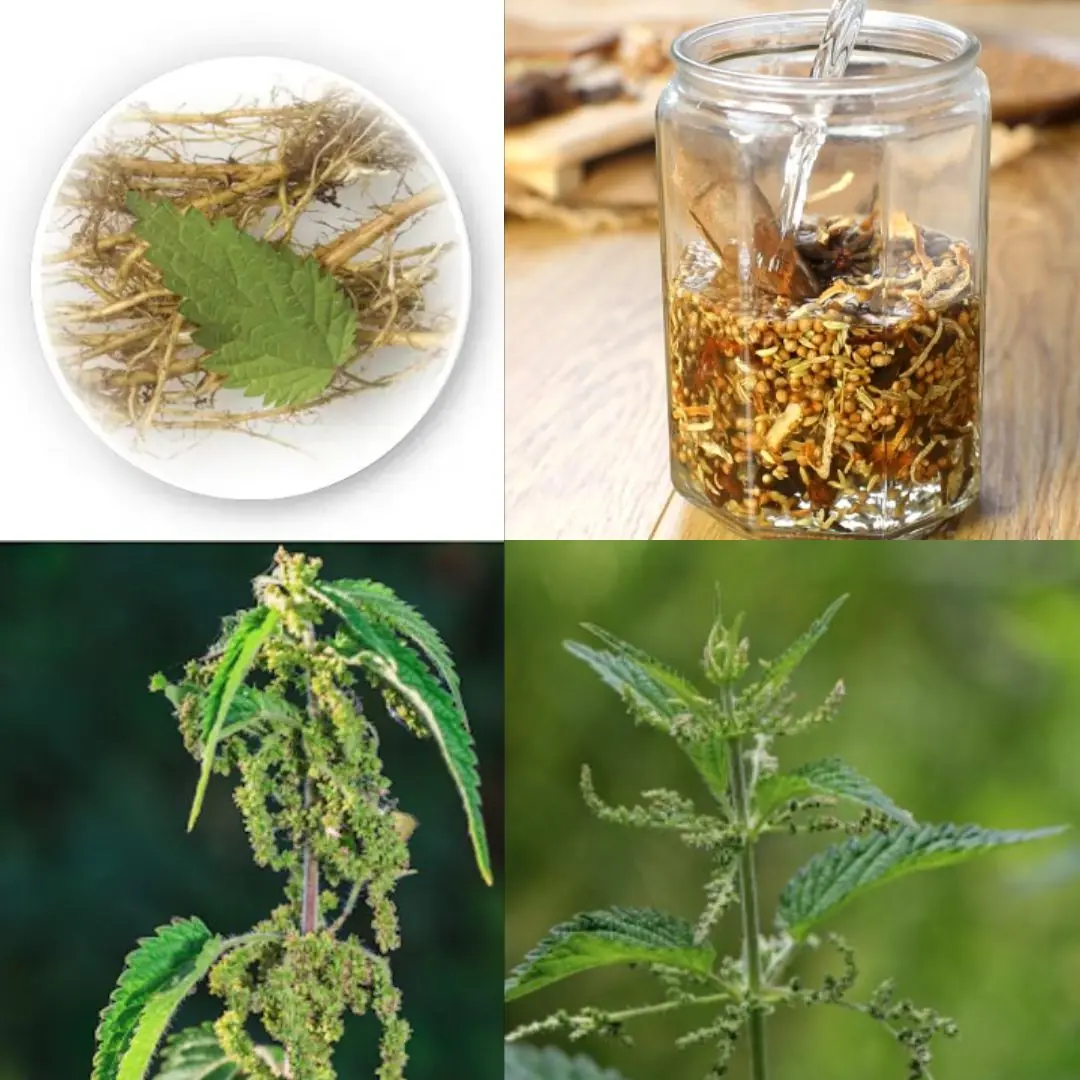
Everybody Hates Stinging Nettle, But Most People Don’t Know the Power of Its Root
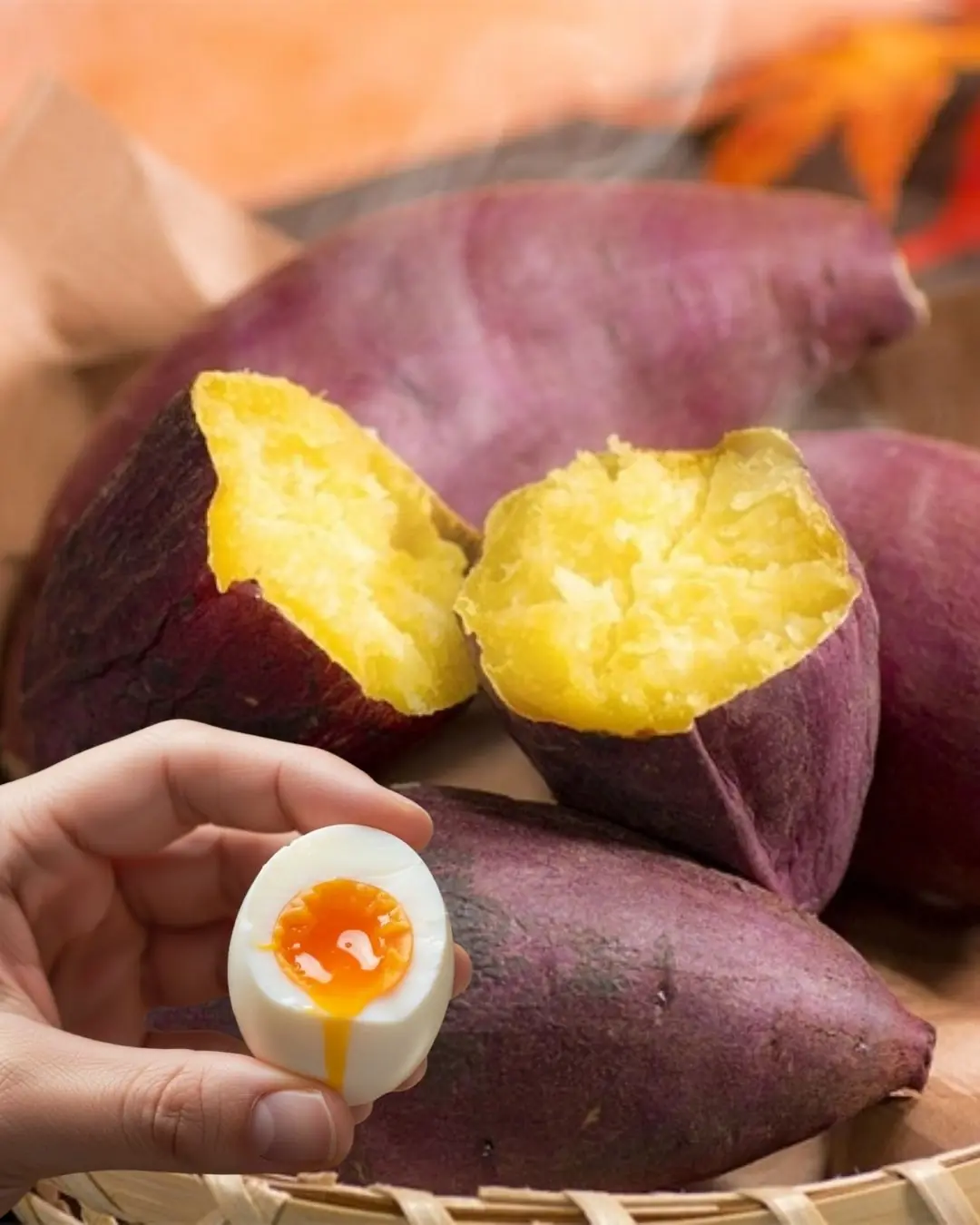
13 Reasons You Should Eat Eggs and Sweet Potatoes Every Morning
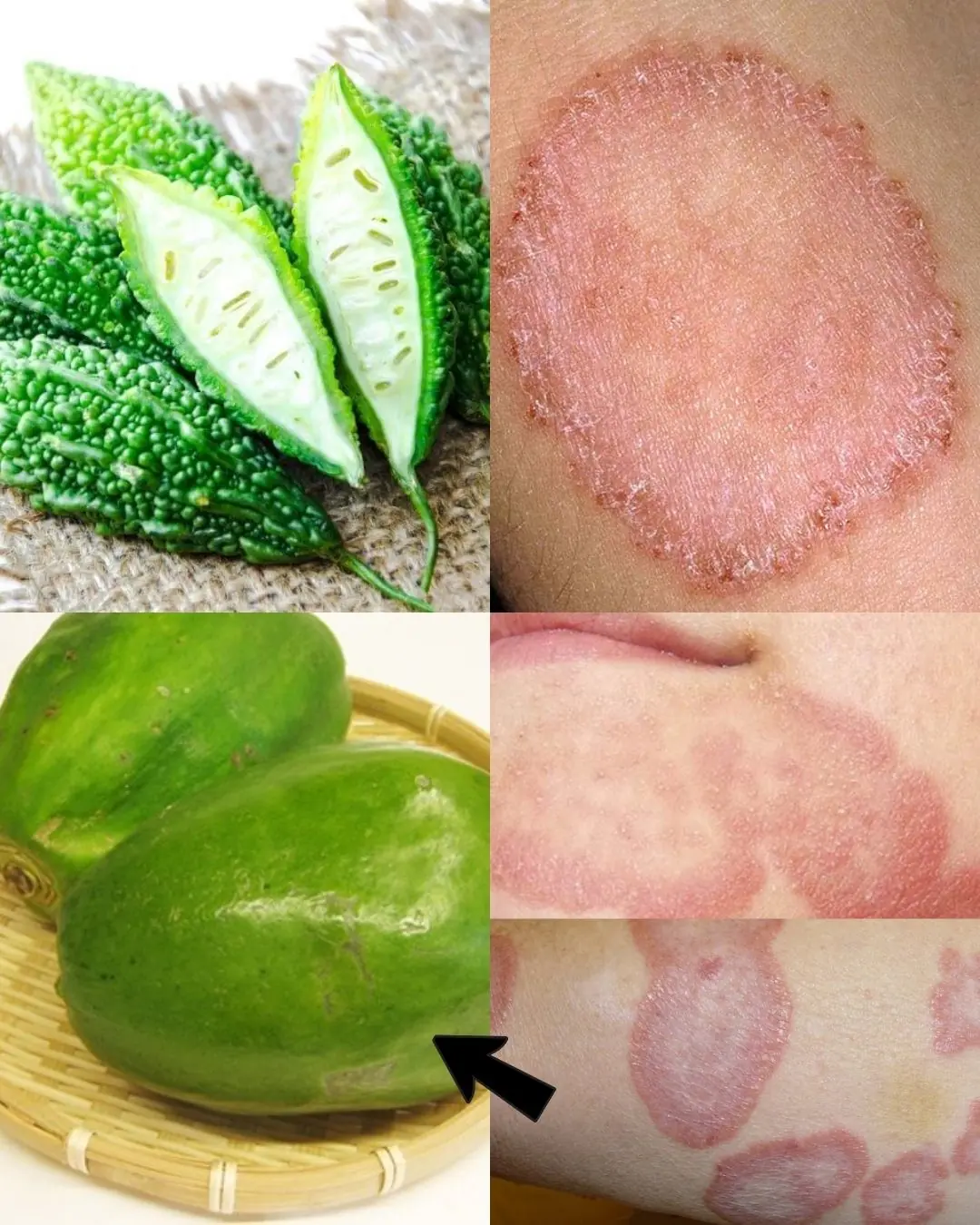
9 Powerful Home Remedies to Get Rid of Fungal Infection (Daad, Khaj, Khujli) Fast
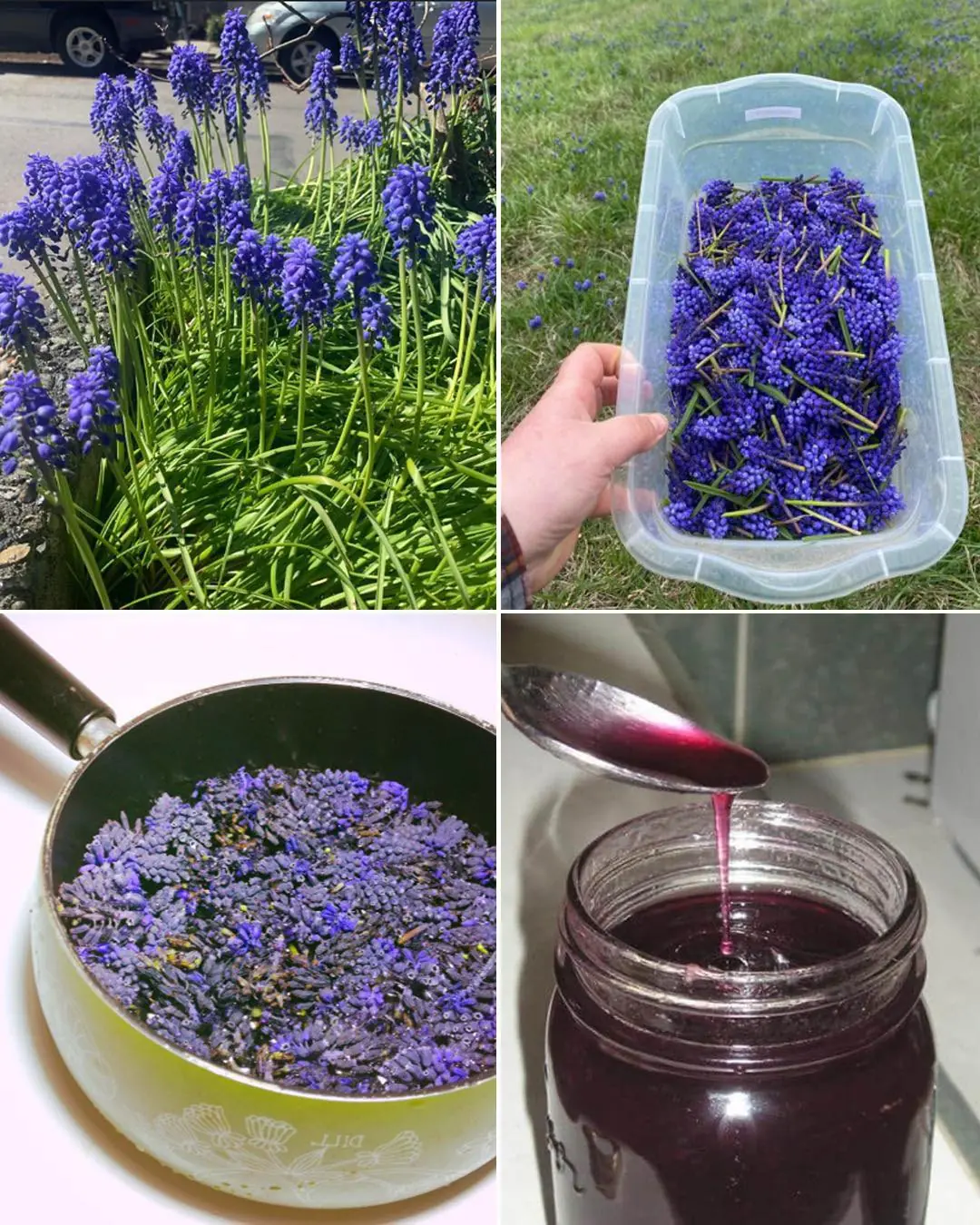
Grape Hyacinth (Muscari): A Tiny Spring Wonder with Surprising Benefits and Uses
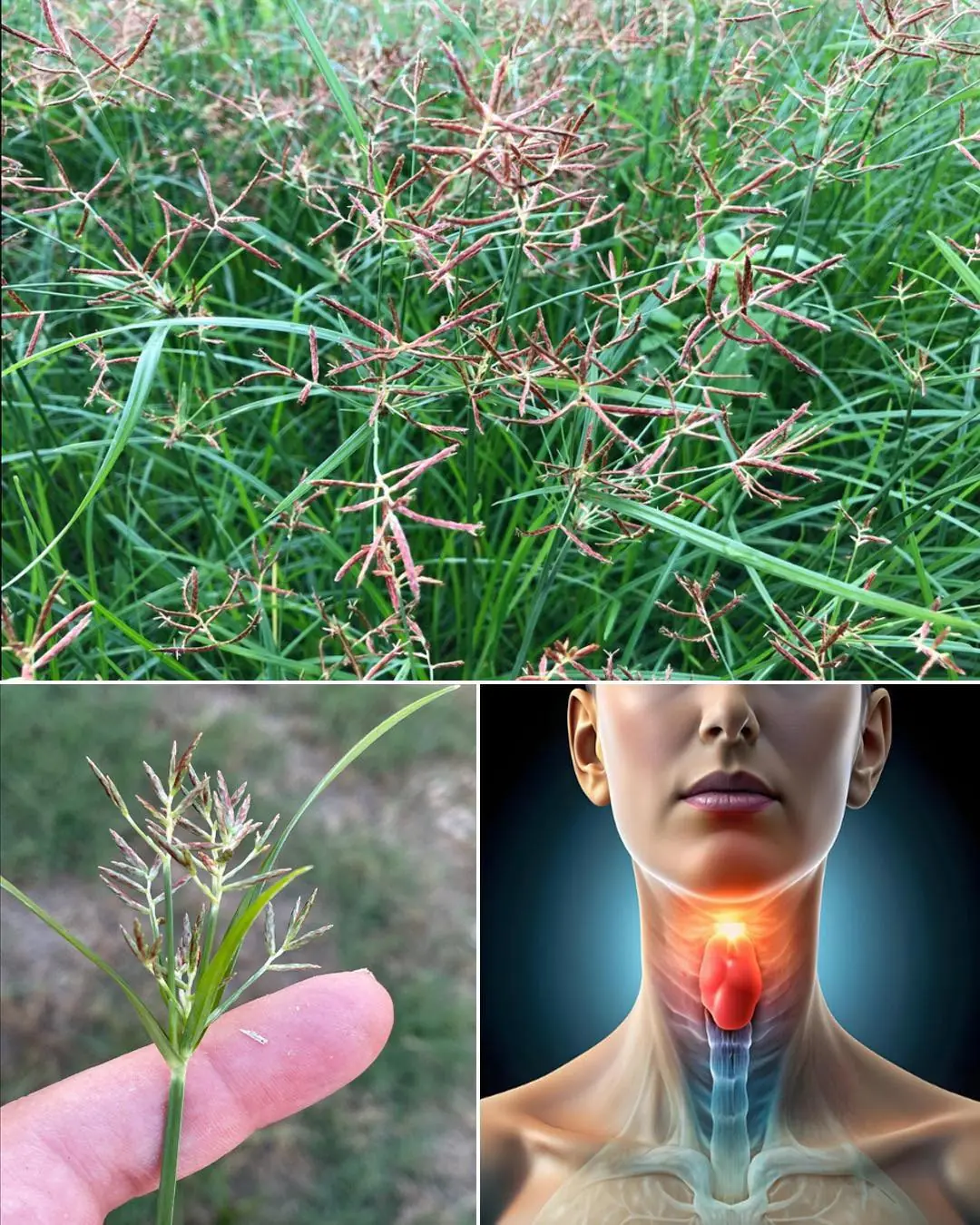
Cyperus Rotundus: The Ancient Herb with Modern Healing Power
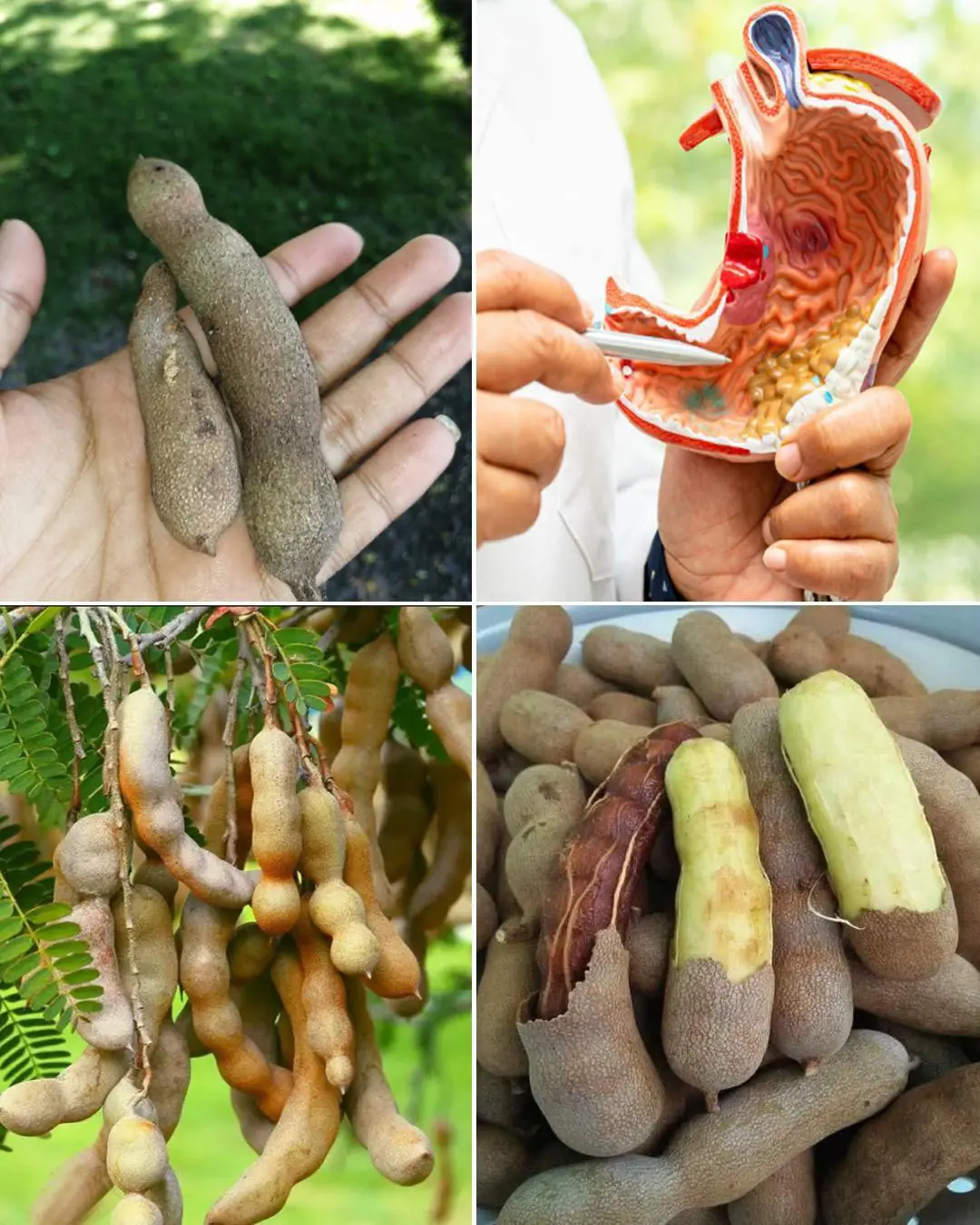
The Power of Tamarind Fruits: Sweet, Sour & Supercharged with Health Benefits
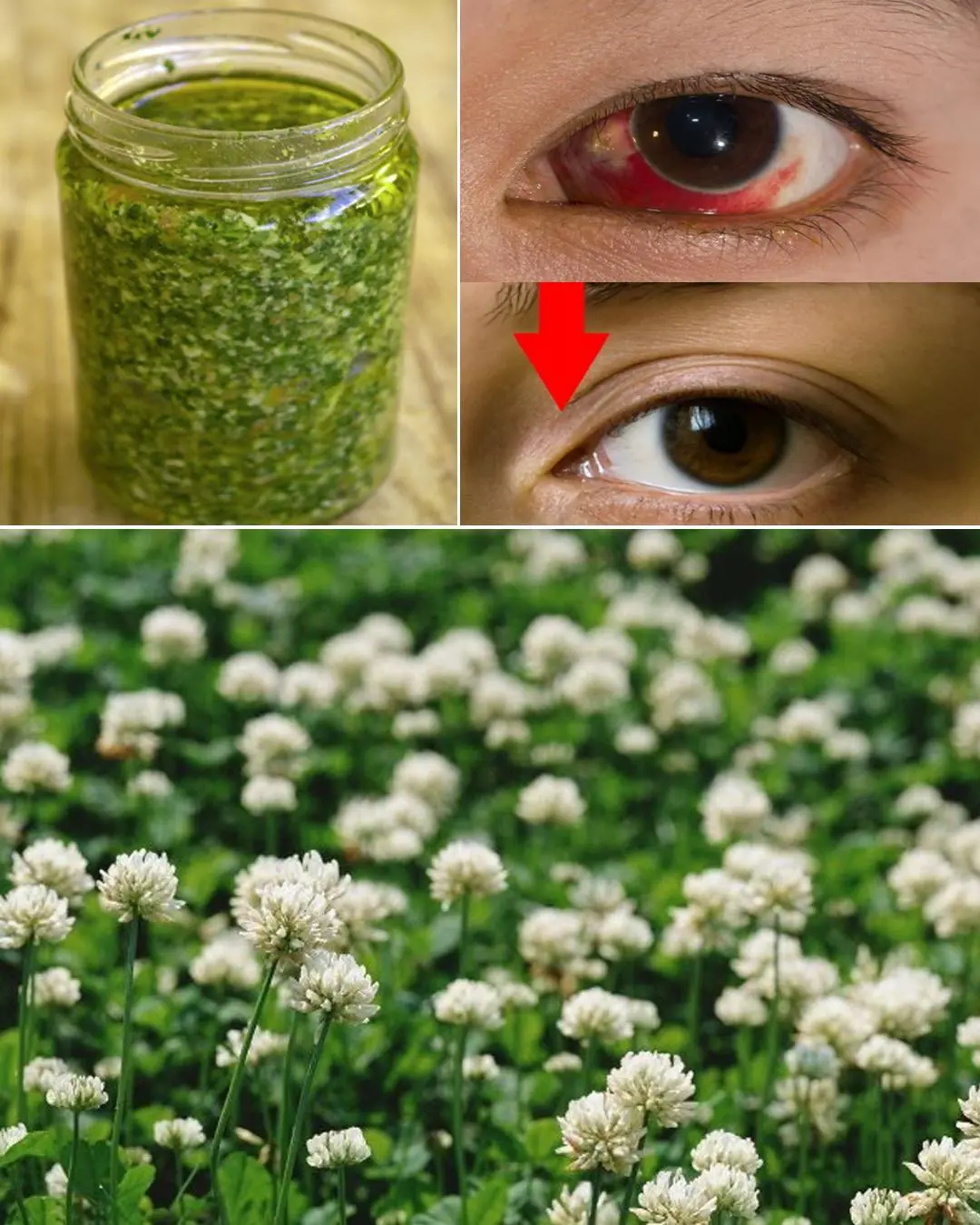
Sessile Joyweed (Alternanthera sessilis): 6 Incredible Health Benefits and How to Use It Naturally
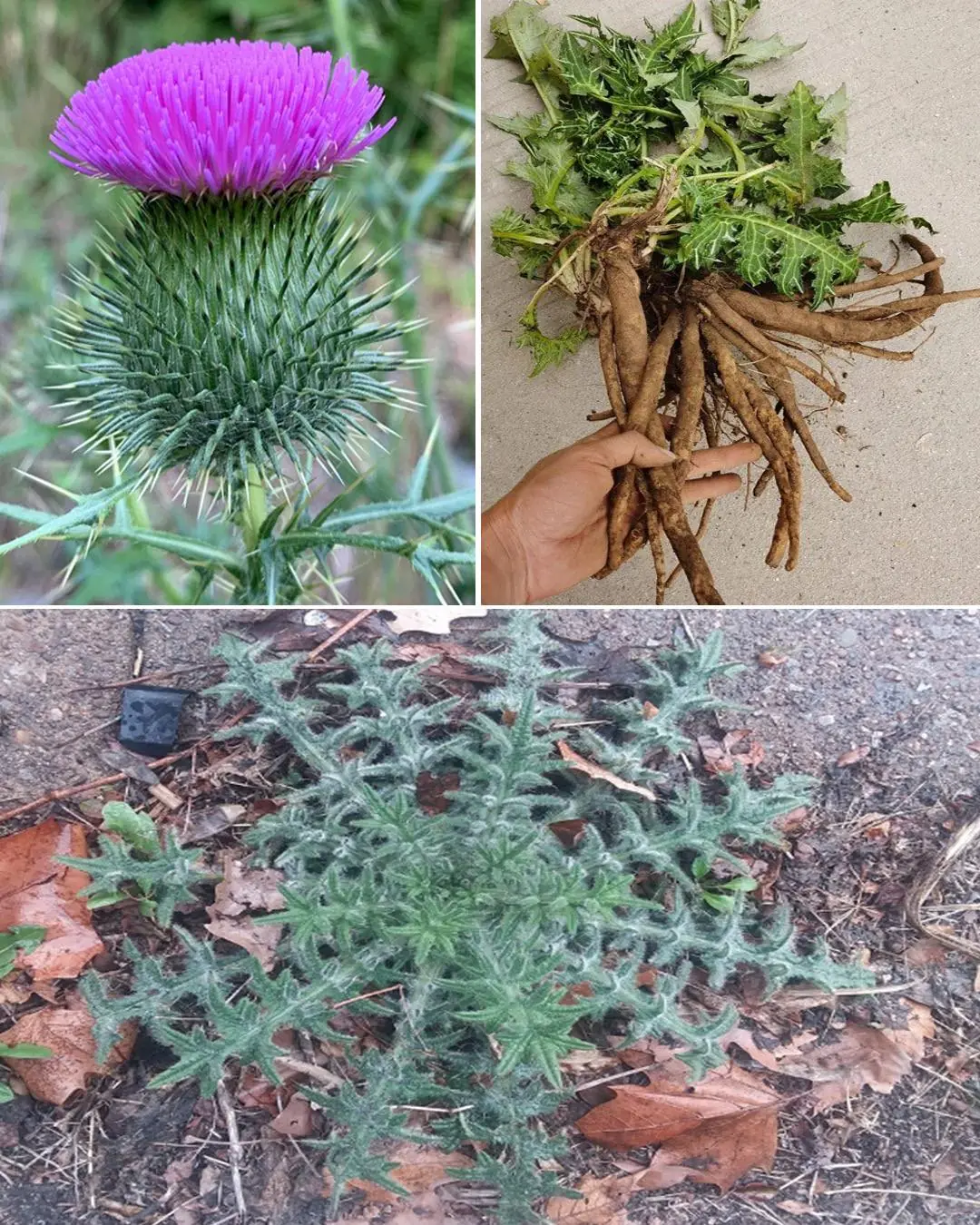
Bull Thistle Root Benefits: Uses, Healing Properties, and How to Prepare It
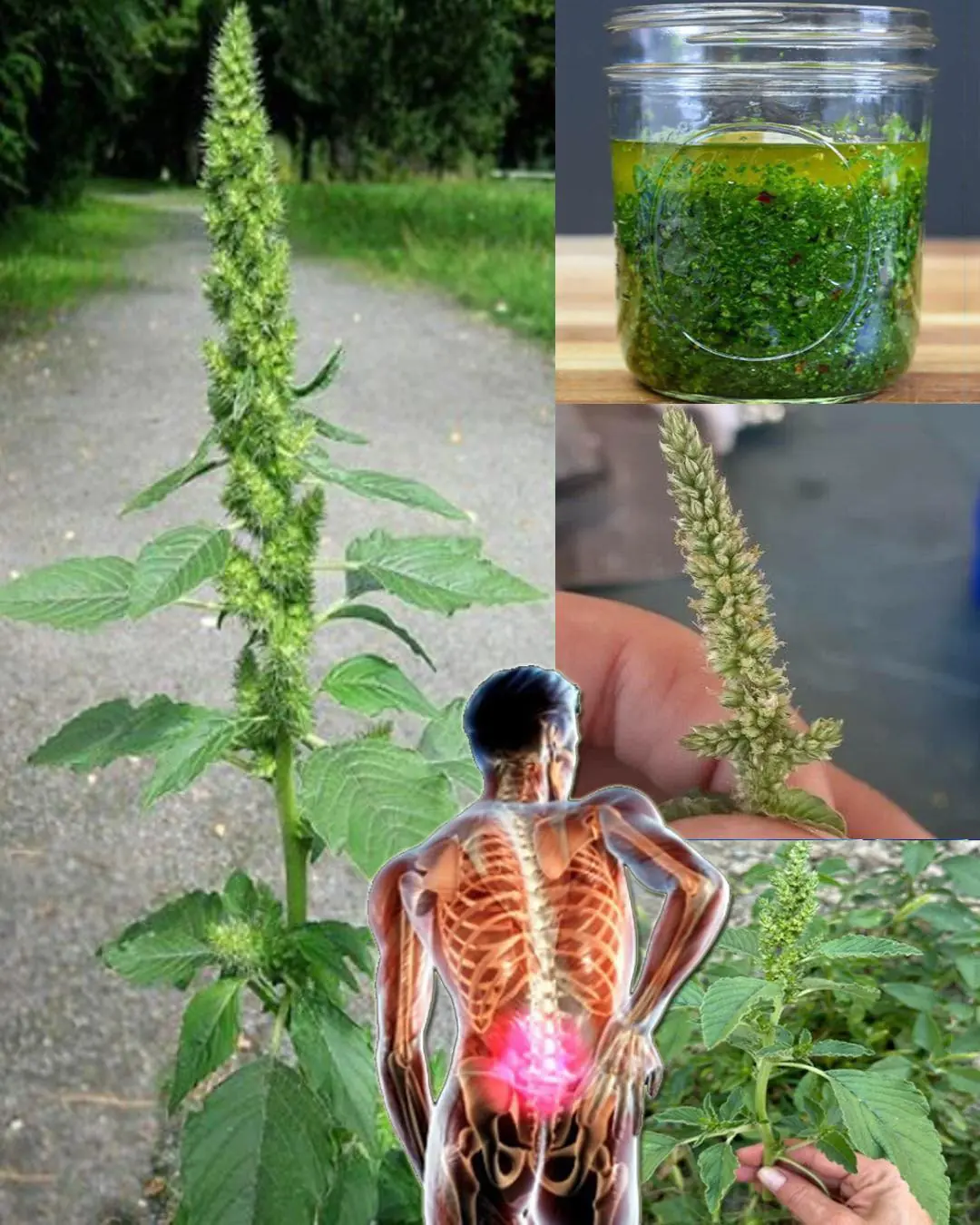
Health benefits of Pigweed
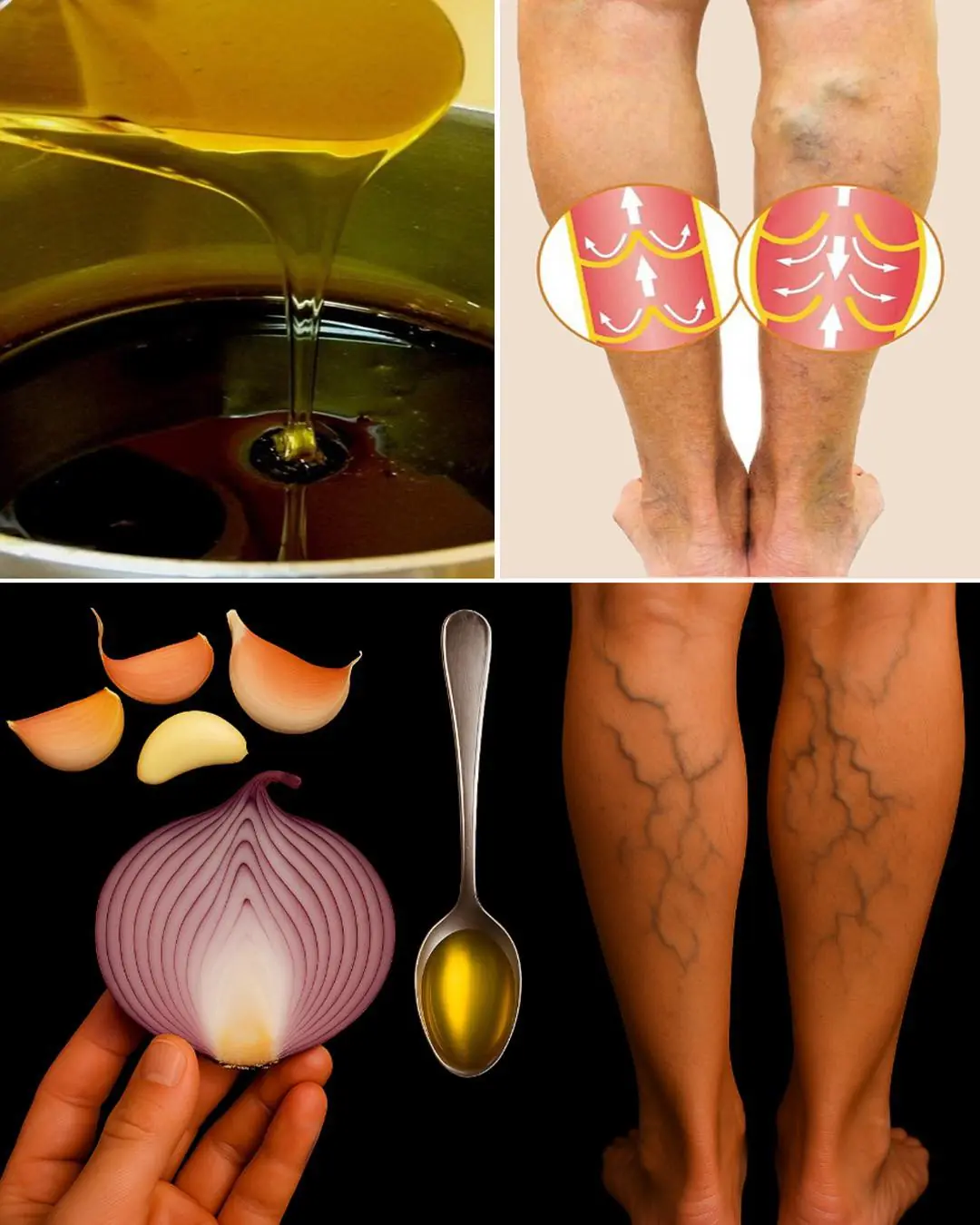
Onion, Garlic, and Olive Oil Remedy for Varicose Veins: Natural Treatment and Benefits
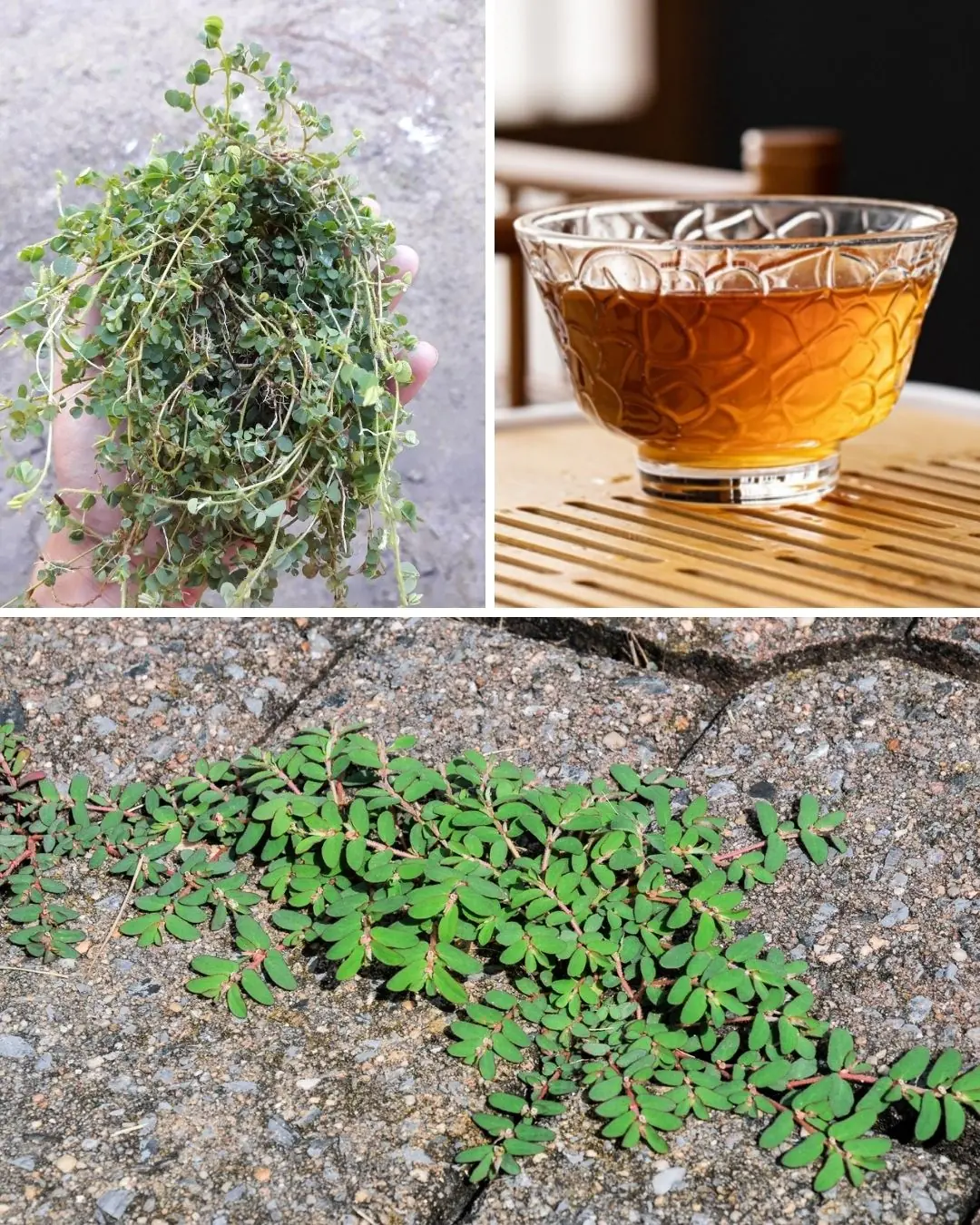
The Health Benefits of Euphorbia Thymifolia: A Powerful Yet Overlooked Herb 🌿✨
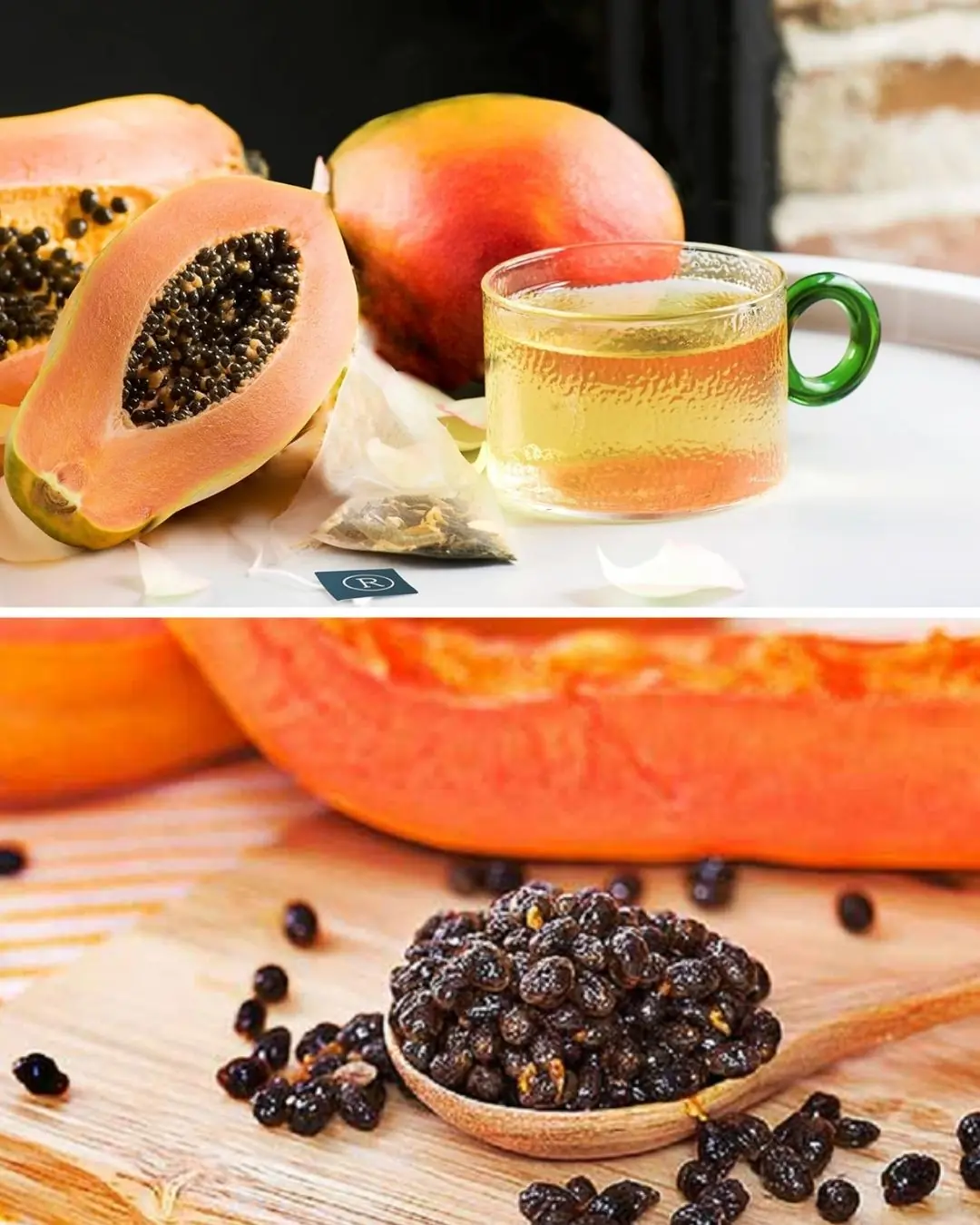
The Powerful Health Benefits of Papaya Seeds: Why You Should Include Them in Your Diet
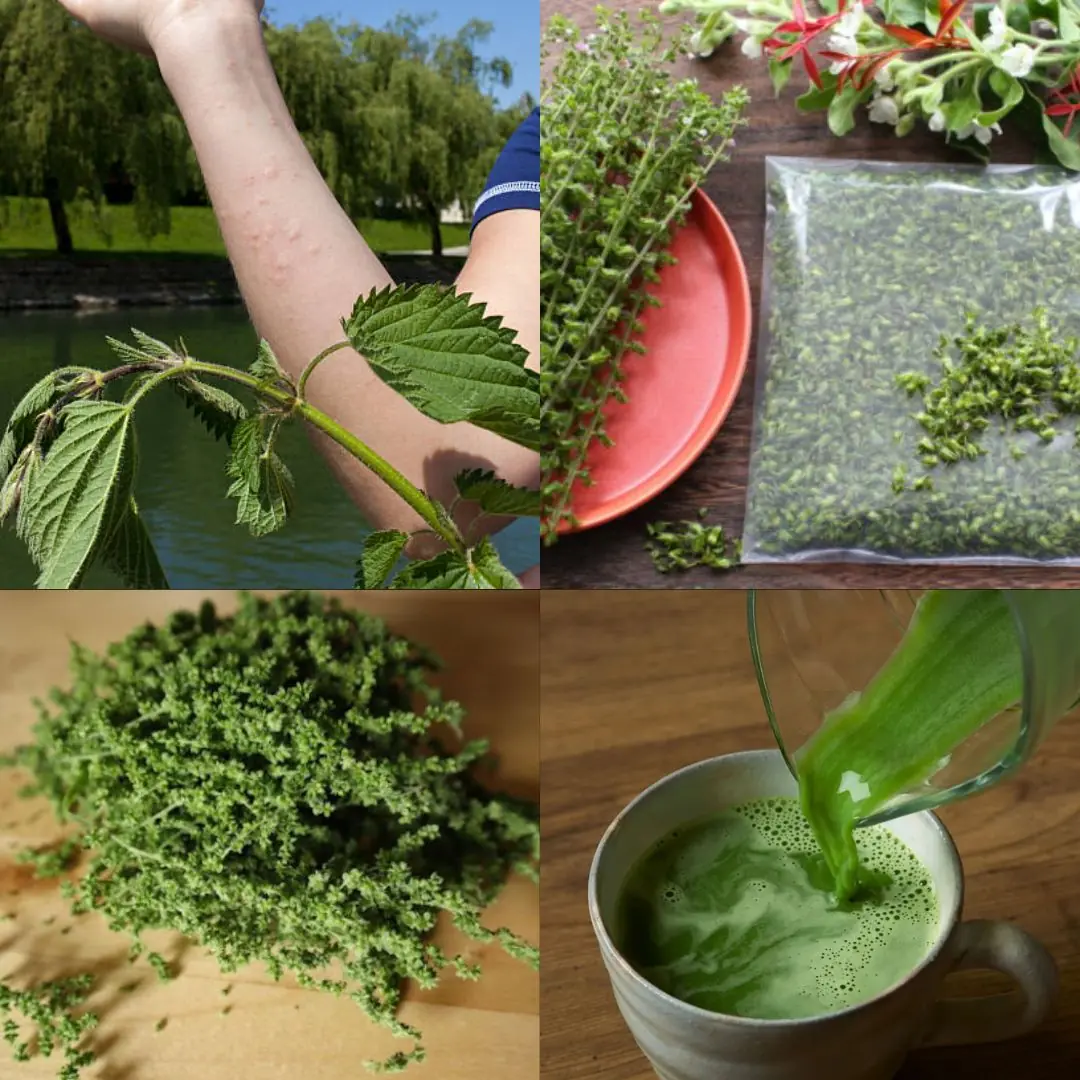
The Power of Urtica dioica: Natural Relief for Joint Pain, Arthritis, and Inflammation
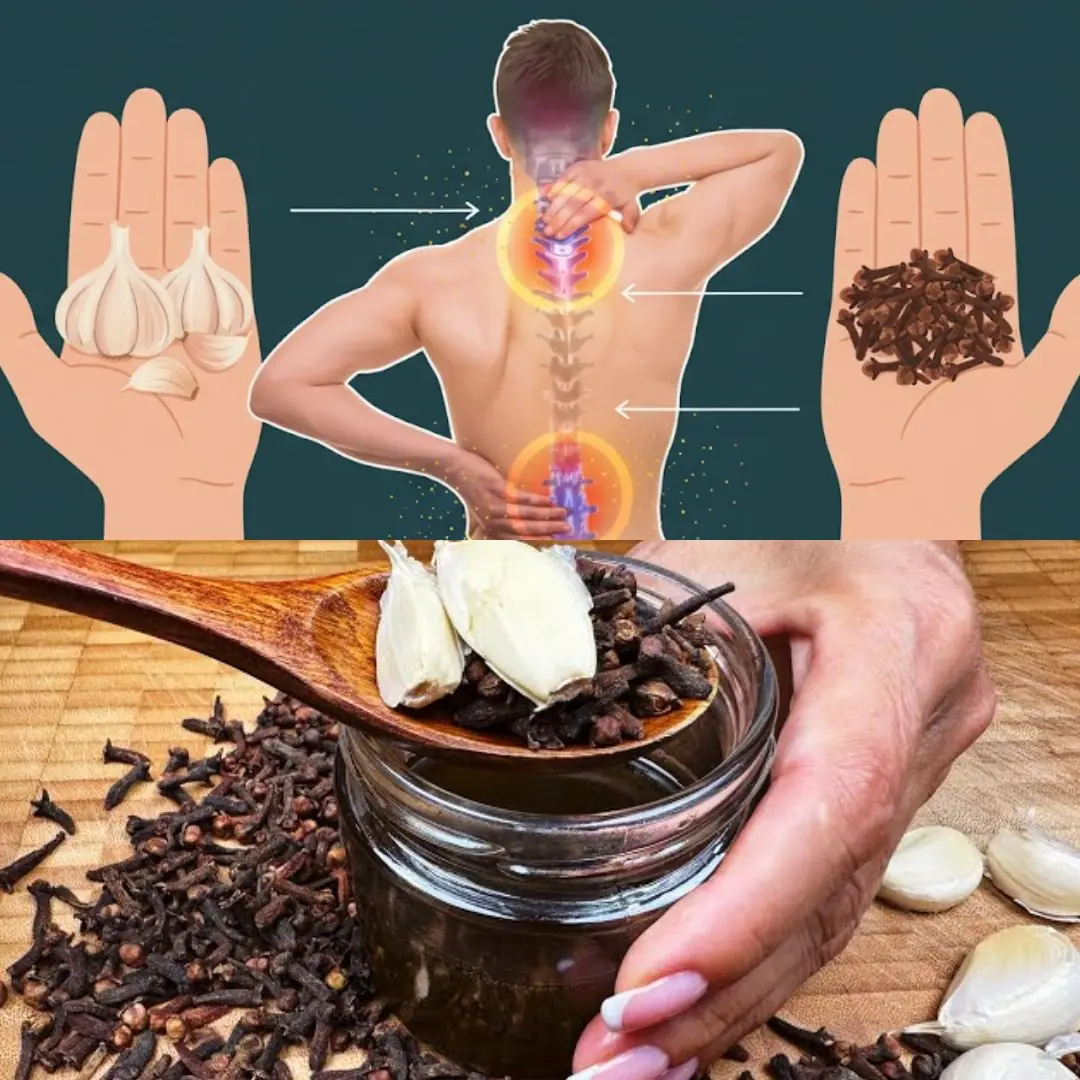
Garlic, Honey, and Cloves – a powerful natural remedy packed with health benefits
News Post

“Hope Dies Last”: Parents Plead to Save Their 5-Year-Old Son With ALD

If the beans are cooked quickly, they will be soft and delicious in no time, saving gas/electricity.

Tea left overnight is such a waste: It has 4 great uses that very few people know about.

Fighting for Melania: A Childhood Stolen by Pain

Banana flower – from pig food to Asia's number 1 delicacy: Revealing 2 simple ways to make it

Bathroom tiles are often moldy, dirty, and yellowed: Here are 5 cheap tips to help keep your bathroom tiles clean and shiny.

A Mother’s Prayer: Liza Scott’s Ongoing Fight for Answers

How Your Sleep Position Reveals If You’re Lazy

7 Clever DIY Uses for Used Teabags That Will Make You Think Twice Before Tossing Them

When an Elephant Found a Friend: The Story of Nelly and Rocky.

The Day Compassion Was Served Through a Coffee Window.
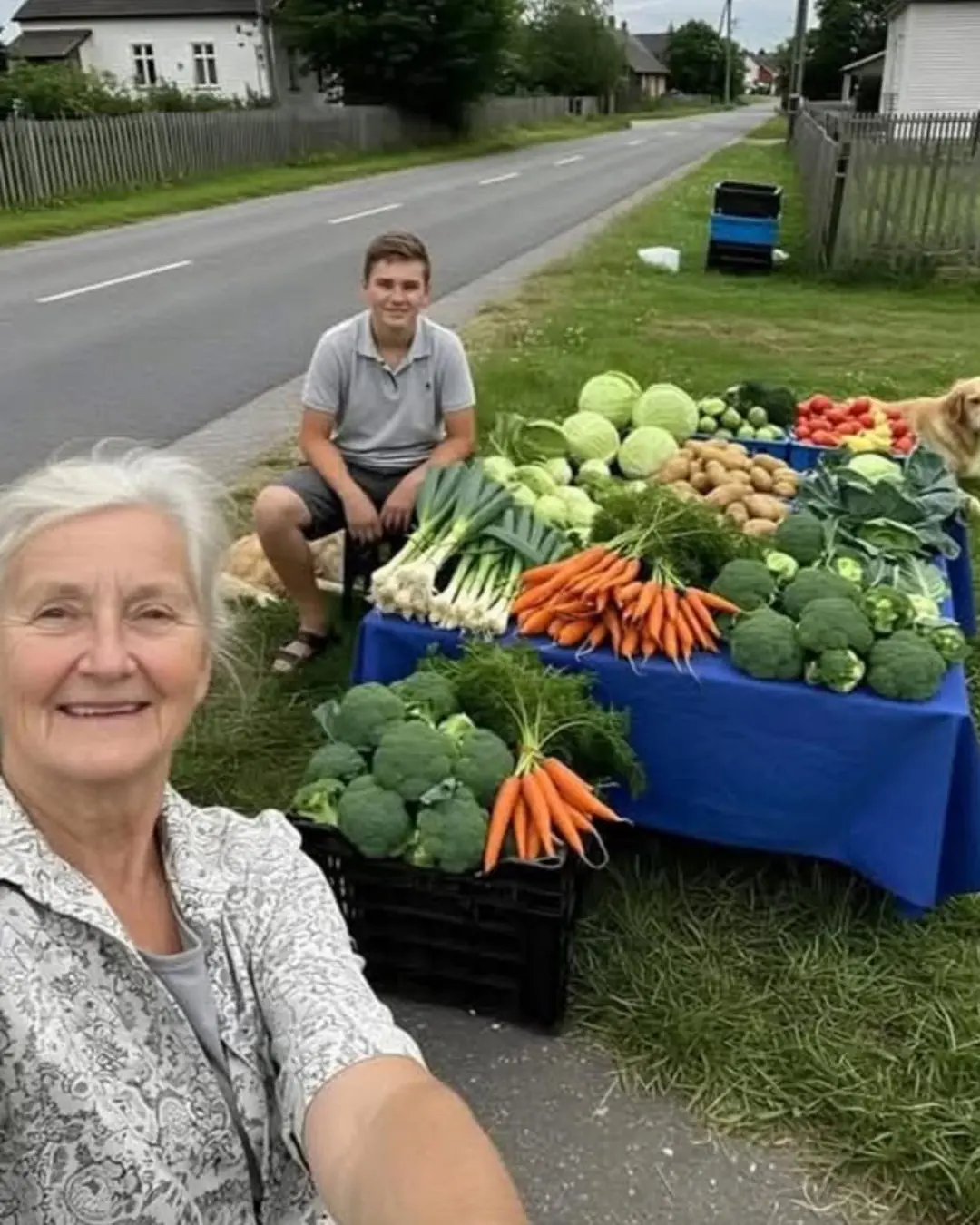
From Darkness to Growth — How a Garden Saved a Grandson’s Life.

Yarroway – the herb that can save the day

Devotion: The Lions Made of Love and Cardboard

Previously Homeless Veteran and Mother of 6 Becomes A First-Generation College Graduate

Baileigh Sinaman-Daniel Makes NCAA History as First One-Armed Women’s Basketball Player to Score in a Game

The Teen Who Turned Watermelons into a Dream.

Lenana — The Lioness Who Refused to Give Up.

The Dog Who Chose Home: The Story of Scout.
